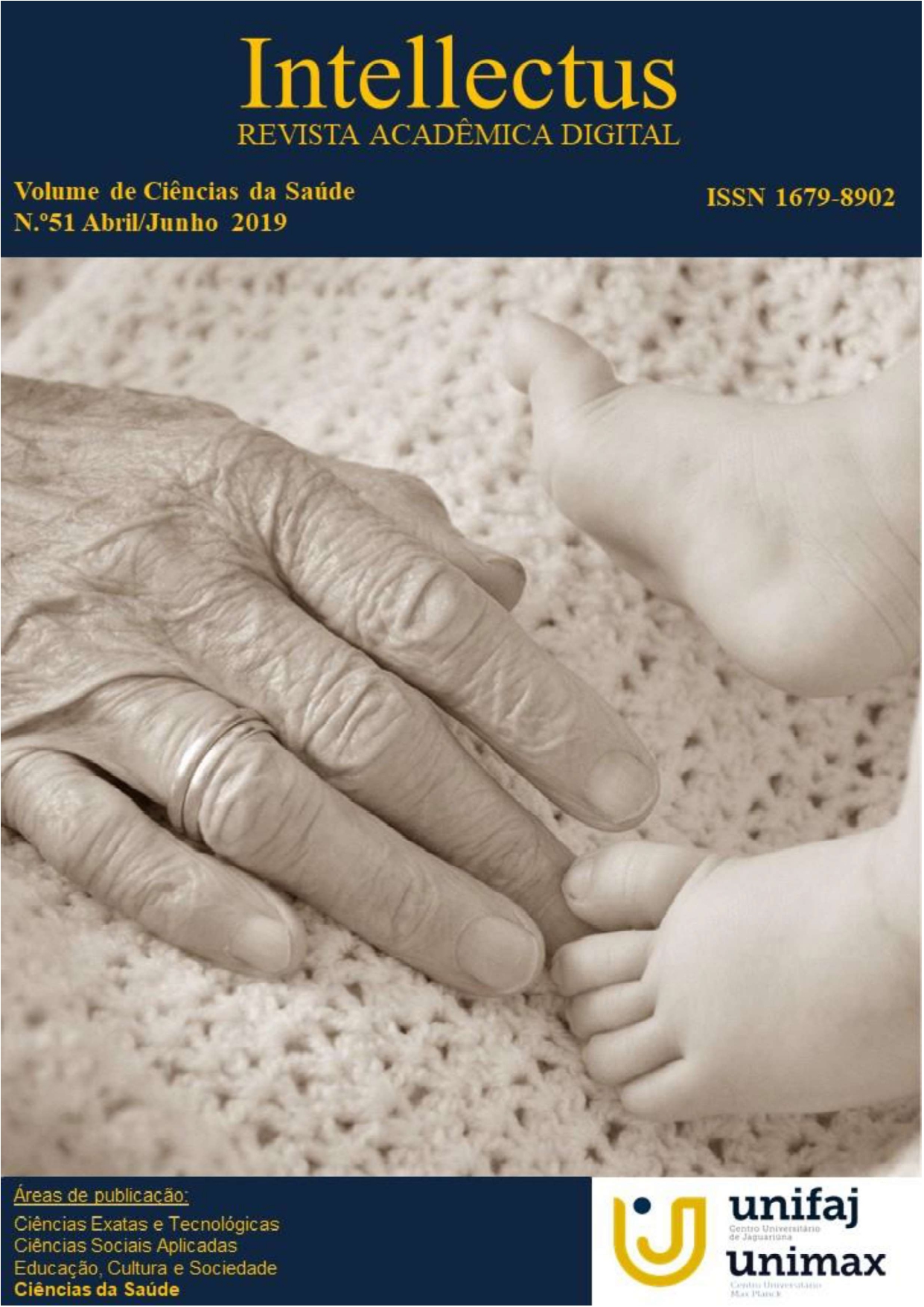Evaluation of the Nutritional and Alimentary Status of Patients with Chronic Renal Disease in Hemodialysis in the City of Indaiatuba/SP
Keywords:
Chronic Renal Disease, Nutritional status, HaemodialysisAbstract
In recent years, chronic kidney disease has become an epidemic and a major public health problem worldwide. Knowledge and characterization of the nutritional status of patients on haemodialysis are of fundamental importance both for the prevention of malnutrition and for adequate intervention in patients who are already malnutrition or with some nutrition deficiency. Objective: To evaluate the nutritional and alimentary status of patients with chronic renal disease on haemodialysis in the city of Indaiatuba/SP. Methods: We evaluated 55 patients in the city haemodialysis center. For the evaluation of the nutritional status, anthropometric, laboratorial, alimentary indices and the specific global subjective evaluation for renal patients were used. Results: Patients aged 27 to 84 years had the highest classification according to body mass index: overweight and obesity (49.9%), followed by eutrophy (45.45%). Arm circumference and mid-arm muscle circumference showed malnutrition in 80% and 83.63%, respectively. The triceps skinfold thickness presented 72.72% of the patients between eutrophy, followed by overweight and obesity. Serum albumin levels averaged below 4.0 mg/dL, creatinine levels were found to be below average, and pre-session urea levels were lower in males. The levels of phosphorus and calcium found within the reference for this population. In global subjective evaluation the results detected malnutrition in 97% of men and 96% of women. The average energy and protein intake was more than half lower than adequate for both sexes. Conclusion: The results obtained evidenced nutritional risks in a large part of the group evaluated according to the parameters used. However, it should be emphasized that more studies about the evaluation of the nutritional status of these patients should be performed, composing several markers that aid in the accuracy of the diagnosis, since the nutritional risk in this population is frequently reported in the literature.



